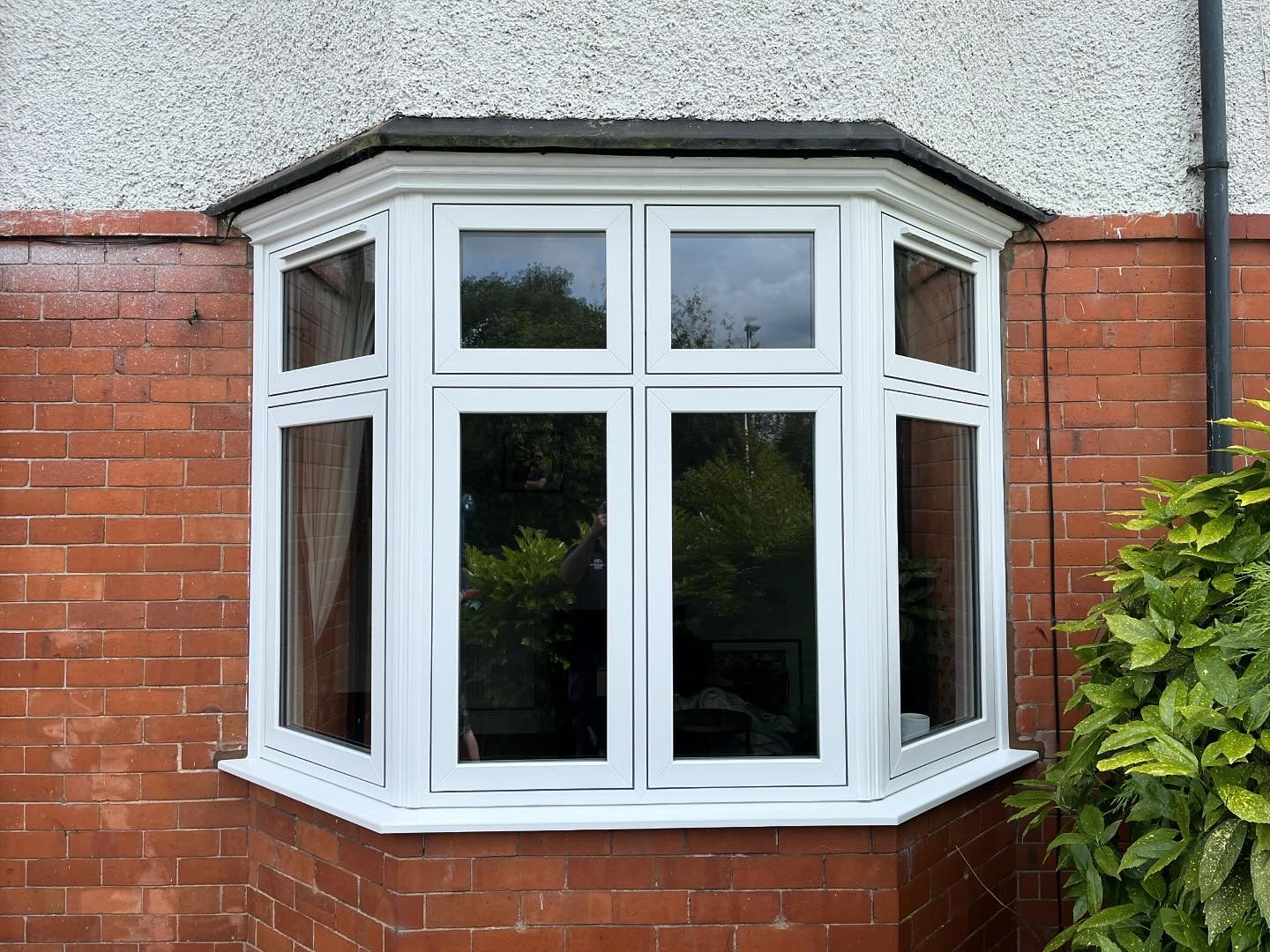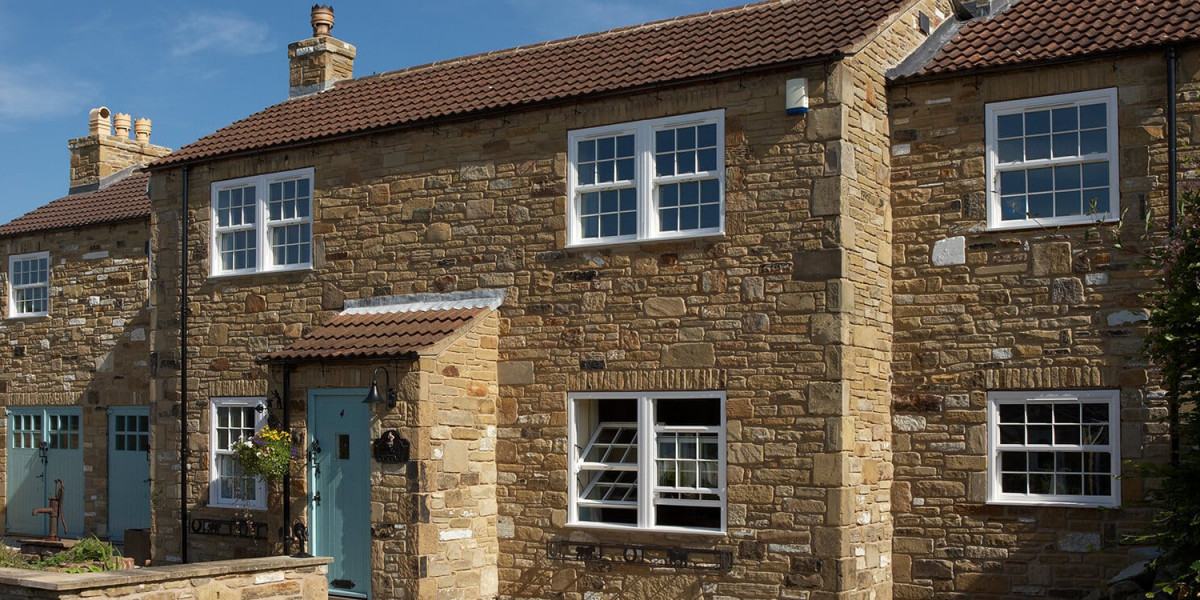In recent years, the demand for energy-efficient building solutions has surged, leading to significant advancements in the technology behind double glazed windows. Traditionally, double glazing has been a popular choice for homeowners and commercial buildings alike, primarily due to its ability to reduce heat loss and improve insulation. However, the latest innovations in this field are taking energy efficiency to unprecedented levels, offering not only enhanced thermal performance but also improved durability, aesthetic appeal, and functionality.

Understanding Double Glazed Windows
Double glazed windows consist of two panes of glass separated by a space filled with air or gas, which acts as an insulator. This design minimizes the transfer of heat between the interior and exterior of a building, making it an effective barrier against cold weather in winter and keeping interiors cooler during summer. While the basic concept of double glazing has remained consistent, recent advancements have focused on optimizing the materials and technologies used in their construction.

Advances in Glazing Technology
One of the most significant advancements in double glazing technology is the introduction of low-emissivity (Low-E) glass. Low-E glass is coated with a thin layer of metallic oxide that reflects heat back into the building while allowing natural light to pass through. This technology not only enhances thermal insulation but also reduces glare and UV radiation, protecting furniture and flooring from fading. The latest Low-E coatings are now more efficient than ever, with some products boasting U-values as low as 0.1 W/m²K, representing a remarkable improvement in thermal performance.
Furthermore, the use of argon or krypton gas between the panes has become more prevalent. These inert gases have a higher density than air, which significantly reduces heat transfer. The latest advancements have led to the development of triple-glazed windows, which include an additional pane of glass and an extra layer of gas insulation. While traditionally associated with colder climates, triple glazing is now being adopted in moderate climates as well, demonstrating its versatility and effectiveness.
Enhanced Frame Materials
The frame of a double glazed window plays a crucial role in its overall energy efficiency. Traditional materials such as wood and aluminum have their advantages, but they also present challenges in terms of thermal performance. New composite materials, including fiberglass and thermally broken aluminum, have emerged as superior alternatives. These materials provide excellent insulation while maintaining structural integrity and aesthetic appeal.
Fiberglass frames, for instance, have a thermal conductivity that is much lower than aluminum, which reduces the risk of condensation and enhances energy efficiency. Additionally, advances in manufacturing techniques have allowed for the production of frames that are not only stronger but also more visually appealing, with a variety of finishes and colors to suit any architectural style.
Smart Technology Integration
As technology continues to evolve, the integration of smart features into double glazed windows is becoming increasingly common. Automated window systems can now be programmed to adjust based on external weather conditions, optimizing natural ventilation and reducing reliance on heating and cooling systems. For example, smart sensors can detect temperature changes and automatically open or close windows to maintain a comfortable indoor environment.
Moreover, some manufacturers are developing windows with built-in solar panels that generate electricity while providing insulation. This innovative approach allows homeowners to harness renewable energy, significantly reducing their utility bills and carbon footprint. The combination of double glazing and smart technology represents a significant leap forward in sustainable building practices.
Noise Reduction Capabilities
Another area where double glazed windows have seen remarkable advancements is in noise reduction. Urbanization has led to increased noise pollution, and many homeowners are seeking solutions to create quieter living spaces. The latest double glazed windows are designed not only for thermal insulation but also for acoustic performance. By using specialized laminated glass and varying the thickness of the panes, manufacturers can significantly reduce sound transmission, making these windows an excellent choice for homes located in busy areas.
Environmental Considerations
With growing awareness of climate change and environmental sustainability, the production of double glazed windows has also evolved to become more eco-friendly. Manufacturers are increasingly utilizing recycled materials in their frames and glass, reducing the environmental impact of production. Additionally, advancements in manufacturing processes have led to lower energy consumption during production, further contributing to sustainability efforts.
Many companies are also focusing on lifecycle assessments, ensuring that their products are designed for longevity and can be easily recycled at the end of their lifespan. This holistic approach not only benefits the environment but also appeals to environmentally conscious consumers.
Conclusion
The advancements in double glazed window technology represent a significant step forward in energy efficiency, comfort, and sustainability. With improved glazing materials, enhanced frame designs, smart technology integration, and a focus on environmental responsibility, the latest double glazed windows are setting new standards in the industry. As homeowners and builders continue to prioritize energy-efficient solutions, these innovations will play a crucial role in creating more sustainable and comfortable living spaces.
In summary, the future of double glazed windows is bright, with ongoing research and development promising even more exciting advancements on the horizon. As technology continues to evolve, we can expect to see even greater improvements in thermal performance, durability, and functionality, making double glazing an indispensable component of modern architecture and energy-efficient building practices.








